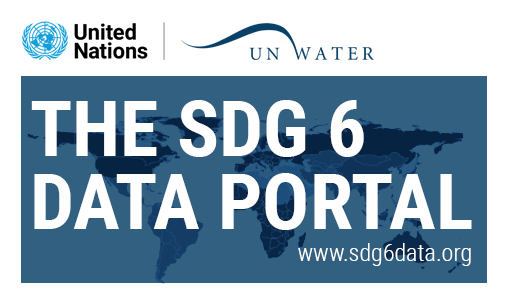Transboundary Waters
Transboundary waters are the aquifers and lake and river basins shared by two or more countries. In an era of increasing water stress, mismanaged transboundary water supplies have the potential to cause social unrest and spark conflict.
To deal with climate change and the demands of a growing population, we need a supranational, integrated approach to transboundary water resource management, balancing the needs of people and the environment.

The issue explained
Transboundary waters account for 60 per cent of the world’s freshwater flows. 153 countries have territory within at least one of the 286 transboundary river and lake basins and 592 transboundary aquifer systems.
Transboundary cooperation is lacking in most countries. Most countries do not have all of their transboundary basin areas covered by operational arrangements.
Actions in one country have consequences in another.
Overexploitation and pollution of lakes, rivers, and aquifers can jeopardize ecosystem services across borders. A unilateral move by one country to build a dam could drastically reduce a river’s flow downstream in another country.
Coastal resources can be jeopardized by upstream activities. Depleted aquifers can allow saltwater intrusion in coastal areas and increase the concentration of arsenic and fluoride and other toxic substances.

The way forward
Governments must cooperate on transboundary water resources management. More cooperation is essential, especially in areas vulnerable to the impacts of climate change and where water is already scarce. Transboundary basins and aquifers create a nexus of hydrological, economic and social links between communities living in border areas, and beyond.
Transboundary ecosystem services must be protected. Wetlands around lakes and floodplains that straddle national boundaries provide essential ecosystem services to the surrounding populations, such as food provision, barriers against flooding and the natural processing of pollution.
Economic integration across borders is vital. Heavily water-dependent sectors – agriculture, industry, energy and water supply and sanitation – need to cooperate on a supranational level. For example, efficient, cooperative management and development of shared waters and adjacent flood plains can boost food and energy production, helping to reduce poverty and control rural-urban migration.
A ‘source-to-sea’ approach in transboundary water cooperation must be strengthened. Parties to the United Nations Economic Commission for Europe (UNECE) Water Convention, a legal framework for transboundary water cooperation worldwide, must develop and protect the linkages between terrestrial, freshwater and marine environments.
Data gaps must be addressed. Governments in many countries urgently need to improve their systems for monitoring transboundary waters, especially groundwater, and sharing information with other governments as part of cooperation arrangements.
Facts and Figures
- Only 43 out of 153 counties sharing transboundary waters have operational arrangements covering 90% or more of their shared rivers, lakes and aquifers. (UN-Water, 2024)
- Only one SDG region is on track to have all its transboundary rivers, lakes and aquifers covered by cooperation arrangements by 2030. (UN-Water, 2023)
- Transboundary waters account for 60% of the world’s freshwater flows and 153 countries have territory within at least one of the 286 transboundary river and lake basins and 592 transboundary aquifer systems. (UN-Water, 2021)
- At least 20 countries lack any arrangements for sharing transboundary waters. (UN-Water, 2024)
- Only eight countries have improved their cooperation with neighbouring governments on transboundary water resources between 2020 and 2023. (UN-Water, 2024)

